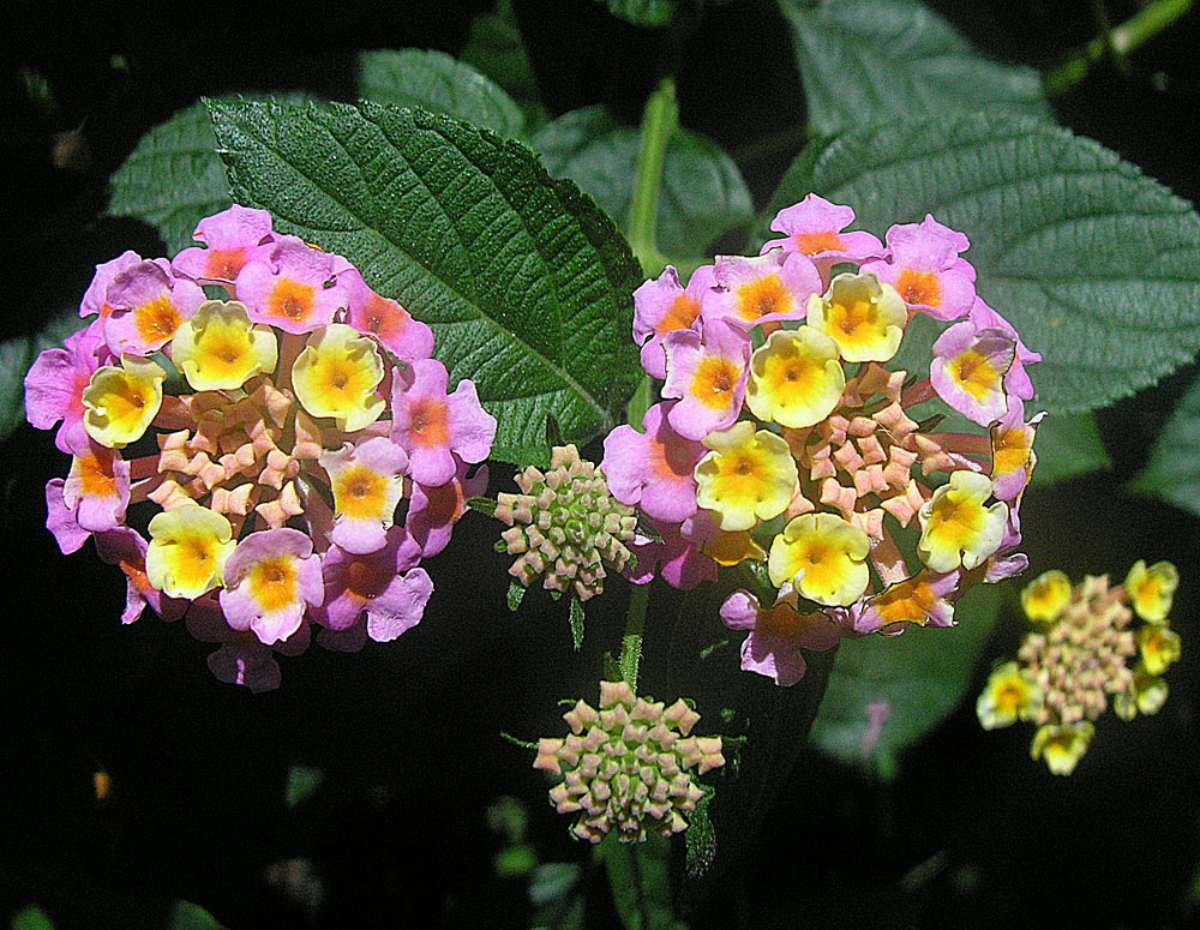
Sunflowers, periwinkles, and black-eyed Susans — these are just a few of the 15 best summer flowers for your yard.
From full sun to shade, moist to dry soil, and beautiful flowers to colored foliage, here you’ll find a variety of options that will fit just right in your garden. We’ve also included expert advice, including their own summer flower favorites, to inspire you when building your summer landscape.
Marigolds

USDA Hardiness Zone: 2 to 11
Sun: Full sun
Soil: Almost any kind of moist, well-drained soil
Duration: Annual or perennial
Bloom time: Summer to fall
Water needs: Moderate
Mature size: 1 to 4 feet tall and 6 inches to 1 foot wide
Maintenance: Low
Marigolds (Tagetes) are known for their vibrant colors and long blooming season, adding interest to your garden up until the fall. A member of the aster family, marigolds also repel some garden pests such as aphids and flea beetles.
David Trinklein, Extension specialist at the University of Missouri, recommends both marigolds and zinnias for the beginning gardener: “Zinnias and marigolds both are very heat tolerant and come in a wide array of sizes and flower colors. Both have large seeds that are easy for novice gardeners to plant.”
If you need help designing your summer flower garden, contact one of our landscaping experts to plan your landscape or a lawn care pro to mow your yard while you’re busy planting flowers.
Zinnias
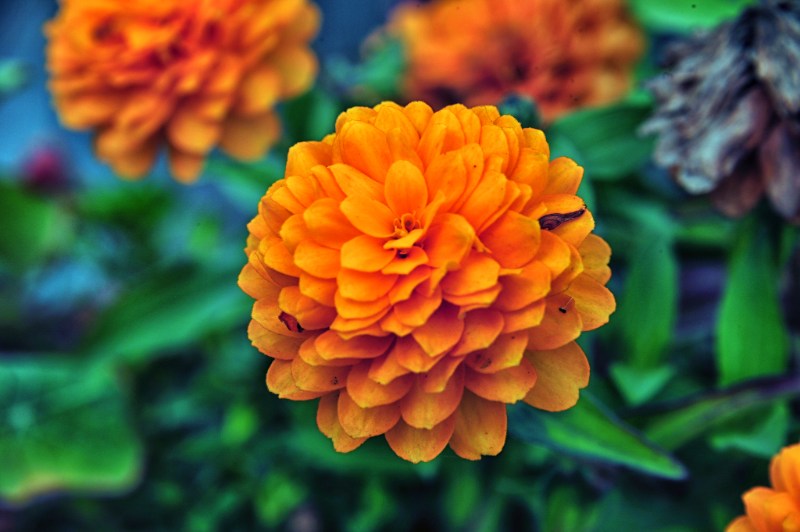
USDA Hardiness Zone: 2 to 11
Sun: Full sun
Soil: Various soil types, as long as they are well-drained
Duration: Annual
Bloom time: Summer to fall
Water needs: Moderate
Mature size: 12 to 48 inches tall and 6 to 18 inches wide
Maintenance: Moderate. They need regular watering during dry periods. They also need regular inspection because they are susceptible to fungal diseases, such as powdery mildew, and pests (like spider mites and cutworms).
With daisy-like, vibrant flowers, zinnias (Zinnia elegans) are disease-resistant and easy to care for — a beginner-friendly annual for your home garden. Zinnias are also attractive to butterflies and hummingbirds that rejoice in their nectar.
Trinklein recommends “zinnias in the Profusion and Zahara series” for beginners, as they “tend to be tolerant of powdery mildew.”
See Related:
Sunflowers

USDA Hardiness Zone: 2 to 11
Sun: Full sun
Soil: Neutral to alkaline, fertile, moist, well-drained soils
Duration: Annual
Bloom time: Summer to fall
Water needs: Low to moderate
Mature size: 3 to 10 feet tall and 18 to 36 inches wide
Maintenance: Low
Standing tall, nothing says summer like sunflowers (Helianthus annuus) with their yellow petals that resemble sunrays. Attractive to birds and pollinators, they can work wonderfully in a native pollinator garden. Plant your sunflowers in the back of your border to add a vertical element to your landscape.
Petunias
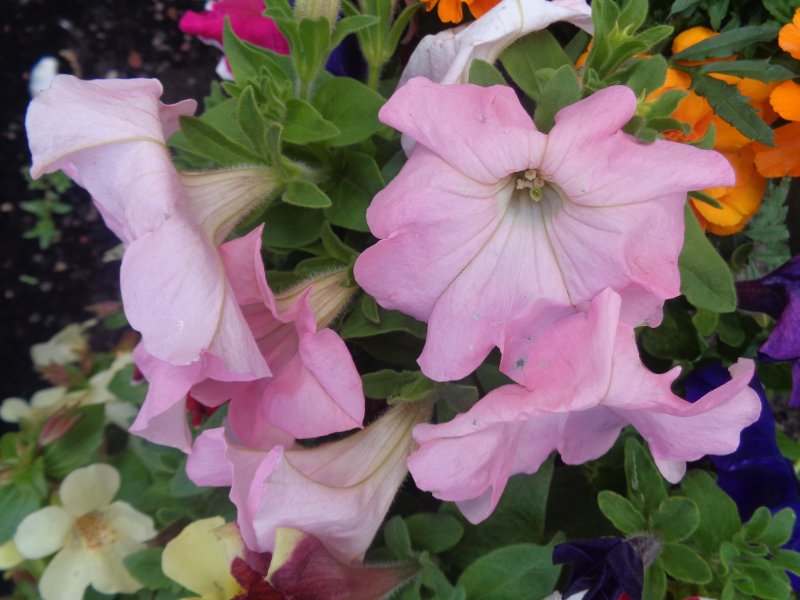
USDA Hardiness Zone: 2 to 11
Sun: Full sun
Soil: Moist, well-drained soil
Duration: Grown as annuals in most regions
Bloom time: Late spring to fall
Water needs: Moderate
Mature size: 6 inches to 2 feet tall and 1 to 2 feet wide
Maintenance: Low
Native to South America, petunias (Grandiflora petunia) thrive in hot summer temperatures. If you want to have fun with colors, petunias are your best choice. Blooming in purple, blue, white, and a variety of other showy colors, they will certainly add charm to your garden.
For Trinklein, choosing heat-tolerant species is key when choosing your summer flowers, and for this, petunias are an ideal fit. He also shares advice on choosing colors: “Follow a triadic color scheme. These are the colors the tips of an equilateral triangle would point to when placed on a color wheel. For example, yellow, red, and blue are triadic colors.”
Impatiens
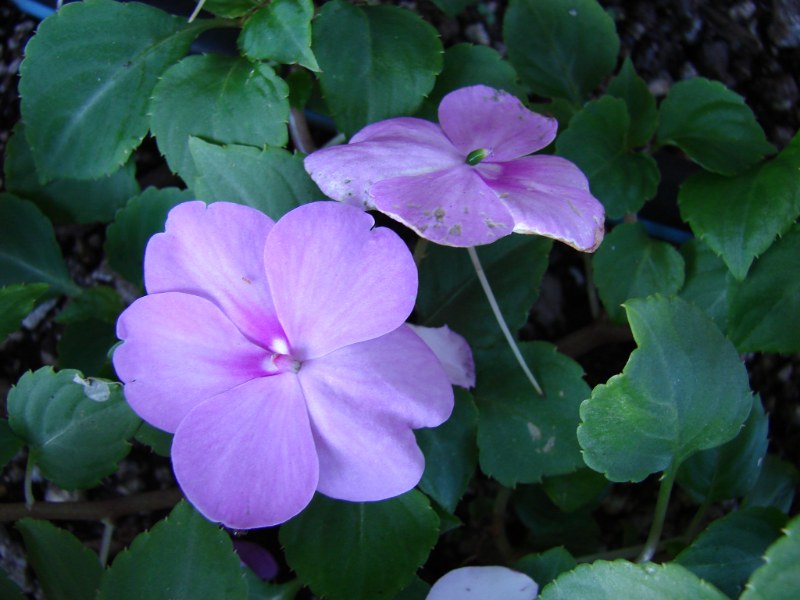
USDA Hardiness Zone: 7 to 11
Sun: Partial shade to full shade
Soil: Moist, well-drained soils
Duration: Grown as perennials in zones 10 and 11 and as annuals in colder zones
Bloom time: Late spring to early fall
Water needs: Moderate
Mature size: From 6 to 36 inches tall
Maintenance: Low
Got shade? That’s not a problem for the common impatiens (Impatiens walleriana). Thriving in shady areas, impatiens are low-maintenance and can add color to your garden, even if it doesn’t get much sun.
See Related: 10 Best Shade Garden Plants
Salvia
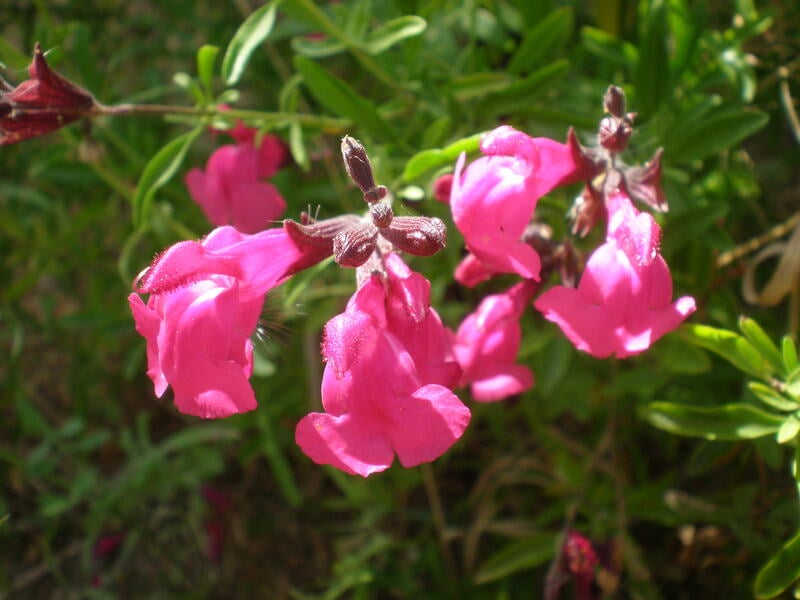
USDA Hardiness Zone: 3 to 12
Sun: Full sun to partial shade
Soil: Well-drained soils
Duration: Annual or perennial
Bloom time: Late spring to fall
Water needs: Moderate
Mature size: 1 to 6 feet tall and 1 to 6 feet wide
Maintenance: Low
If you’re looking for a plant that’s easy to grow and aromatic, sage (Salvia spp.) is here for you. Perfect for your garden bed or to plant as an ornamental border, salvia blooms come in purple, white, pink, and other colors. Common sage (Salvia officinalis) is also edible and can be used in your recipes.
Celosia
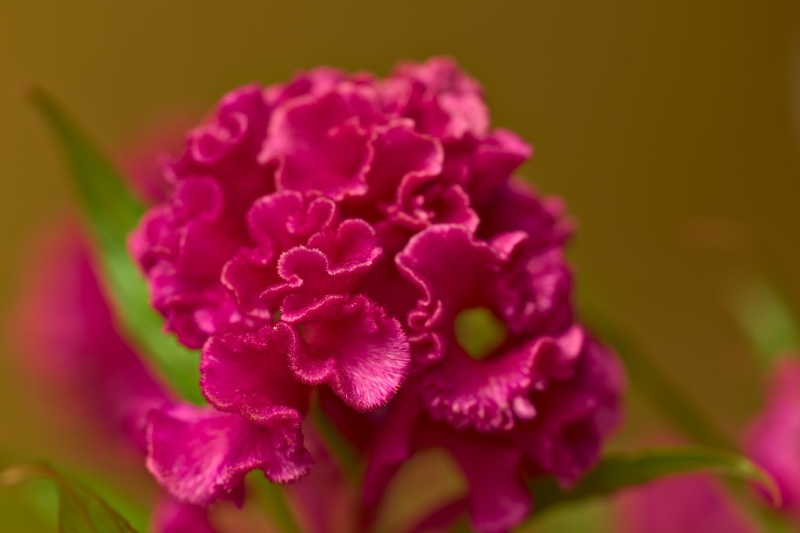
USDA Hardiness Zone: 2 to 11
Sun: Full sun
Soil: Well-drained soil with various textures (except heavy clay)
Duration: Annual, but can be grown as a tender perennial in hardiness zones 10 and 11
Bloom time: Late spring to fall
Water needs: Moderate
Mature size: 6 inches to 4 feet tall and 6 inches to 2 feet wide
Maintenance: Low
Part of the amaranth family, celosias (Celosia spp.) come in a variety of striking patterns. The plumosa varieties have soft, plume-like blossoms, while the cristatas’ flowers resemble a cockscomb (hence celosia’s other popular name). The spicata varieties, as the name suggests, have interesting spikey flowers.
Lantana
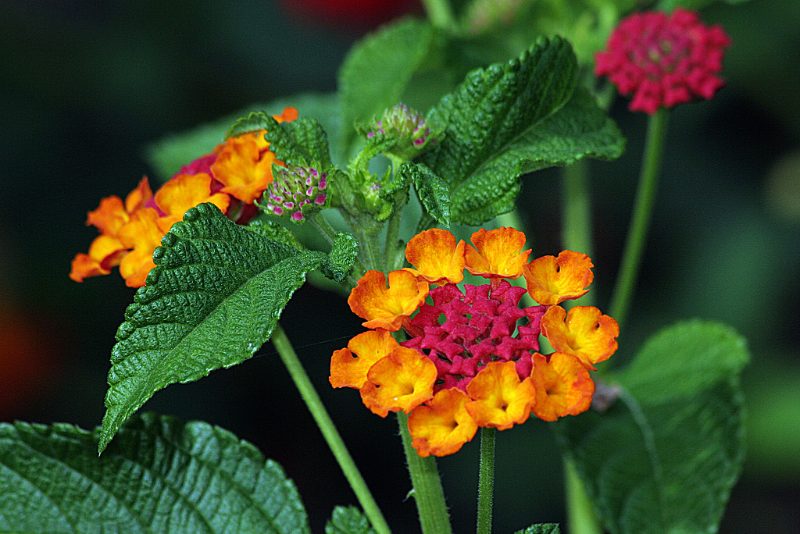
USDA Hardiness Zone: 8 to 11
Sun: Full sun
Soil: Moist, well-drained soils; tolerates dry, poor soils
Duration: Annual or perennial
Bloom time: Late spring to fall (in warmer regions, it can bloom all year round)
Water needs: Moderate
Mature size: 1 to 6 feet tall and 2 to 4 feet wide
Maintenance: Low
Common lantana (Lantana camara) is a great option if you’re looking for a drought-tolerant ground cover or shrub option. With robust flowering clusters, lantana attracts a variety of pollinators, being another great option for pollinator gardens. Just keep in mind that it is considered invasive in some places and has an aggressive growth habit.
Periwinkle
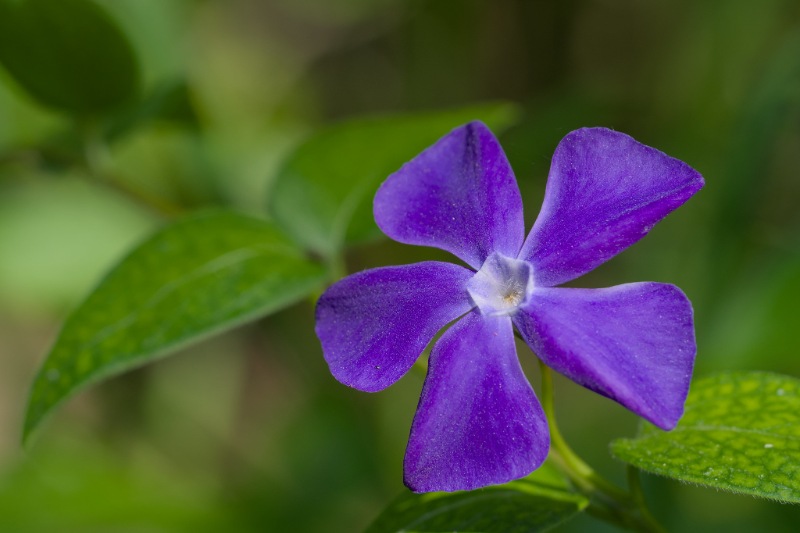
USDA Hardiness Zone: 7 to 9
Sun: Tolerates partial to full shade, but prefers full sun
Soil: Dry to moderately moist, well-drained soils
Duration: Perennial
Bloom time: Spring to fall
Water needs: Low to moderate
Mature size: 6 inches to 2 feet and 12 inches to 18 inches wide
Maintenance: Low
Periwinkle (Vinca major) is a dream for low-maintenance gardeners. Resistant to drought, diseases, and pests, periwinkles are easy to care for and make great groundcovers. You can also plant them under your shrubs or other shady spots in your yard that are missing some color.
Spider Flower
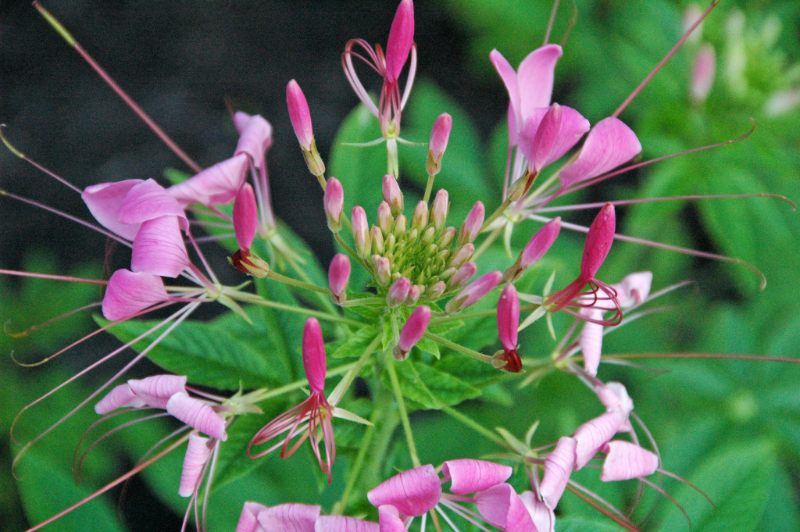
USDA Hardiness Zone: 9 to 11
Sun: Full sun
Soil: Moist, well-drained soil
Duration: Annual or perennial
Bloom time: Summer to fall
Water needs: Low to moderate
Mature size: 2 to 6 feet tall and 3 to 5 feet wide
Maintenance: Low
Spider flowers (Cleome spp.), also known as bee plants, are a deer-resistant option for garden beds. With a variety of cultivars with bright-colored, showy flowers, spider flowers can be planted with other perennials or en masse.
See Related: 15 Deer-Resistant Shrubs for Landscaping Your Yard
Cosmos
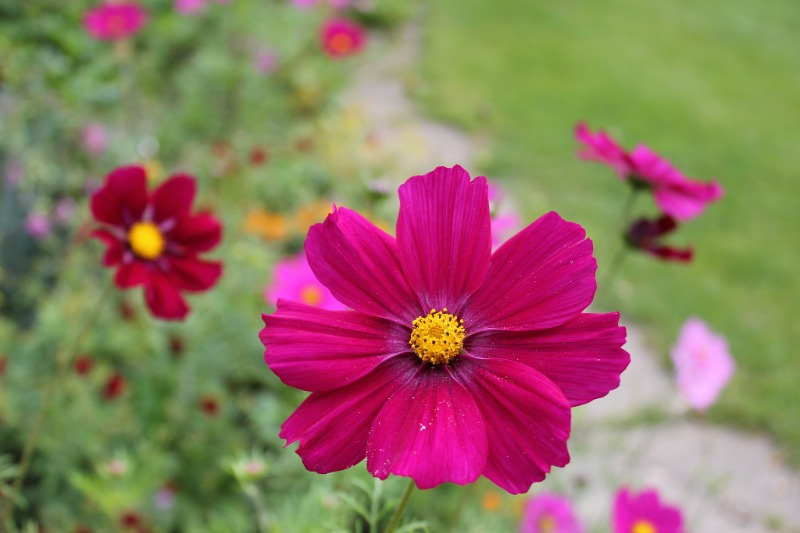
USDA Hardiness Zone: 2 to 11
Sun: Full sun
Soil: They tolerate various soil types but prefer slightly neutral to slightly alkaline, not too rich, well-drained soil.
Duration: Annual
Bloom time: Summer to fall
Water needs: Low to moderate
Mature size: 1 to 5 feet tall and 1 to 3 feet wide
Maintenance: Low
Cosmos flowers (Cosmos spp.) make great cut flowers to add to your vase or bouquet. Easy to grow and with a long blooming season, these beauties show their striking blooms up until fall, attracting pollinators, birds, and butterflies to your yard.
Most of the cosmos grown in the U.S. belong to 3 species: Cosmos atrosanguineus (chocolate cosmos), Cosmos bipinnatus (Mexican aster), and Cosmos sulphureus (orange cosmos).
Moss Rose
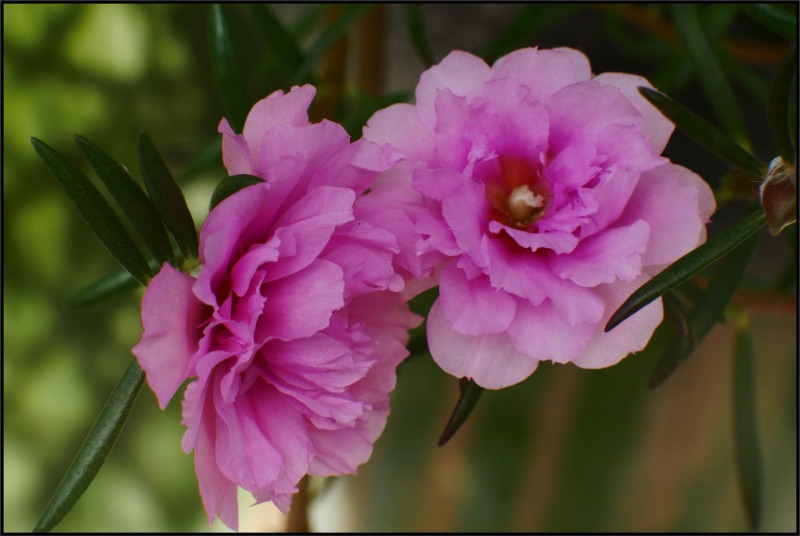
USDA Hardiness Zone: 2 to 12
Sun: Full sun
Soil: Poor to average soils; dry to slightly moist, well-drained soil
Duration: Annual
Bloom time: Late spring to fall
Water needs: Low
Mature size: 3 to 6 inches
Maintenance: Low
Also known as purslane, moss rose (Portulaca grandiflora) has delicate succulent leaves if you like to add interesting textures to your garden. Their petals resemble crepe paper and have a curious behavior: They typically open up on sunny days and close when it is cloudy and during the night.
Black-Eyed Susan
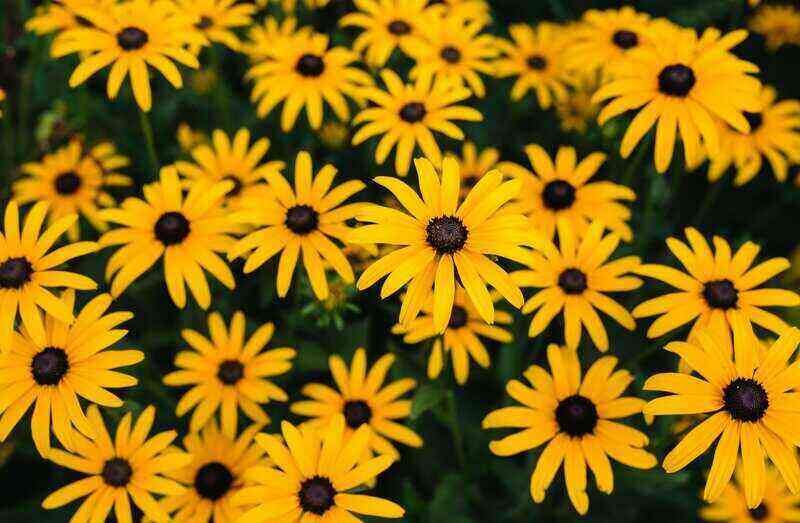
USDA Hardiness Zone: 3 to 9
Sun: Full sun to partial shade
Soil: Moist, well-drained soil
Duration: Annuals; short-lived perennials in zones 3 to 9
Bloom time: Summer to fall
Water needs: Moderate
Mature size: 1 to 3 feet tall and 1 to 2 feet wide
Maintenance: Low
Black-eyed Susan (Rudbeckia hirta) is a native U.S. prairie flower known for its distinctive brown center and yellow, daisy-like petals. Especially attractive to butterflies, black-eyed Susans are some of the most drought-tolerant summer flowers on this list, working wonderfully in xeriscaping.
For Eddie Smith, Extension agent and county coordinator at Mississippi State University, black-eyed Susans are among the easiest summer flowers to grow, along with “monardas [bee balm], vincas, marigolds, petunias, salvias, coneflowers, and zinnias.”
Pro Tip: Smith recommends pairing black-eyed Susans with coneflowers and bee balm: “These three plants harmonize beautifully, offering a blend of colors and textures that draw the eye in different directions throughout the summer.”
“Echinacea (coneflower)… serves as a beautiful focal point. The golden-yellow, daisy-like petals of Black-eyed Susan, with their dark centers, bring brightness and warmth. Meanwhile, bee balm’s fluffy, fragrant flowers add both texture and scent, attracting a variety of pollinators, such as bees, butterflies, and hummingbirds.”
“This combination … is low-maintenance and will provide months of color while supporting local wildlife,” says Smith.
Egyptian Starflower
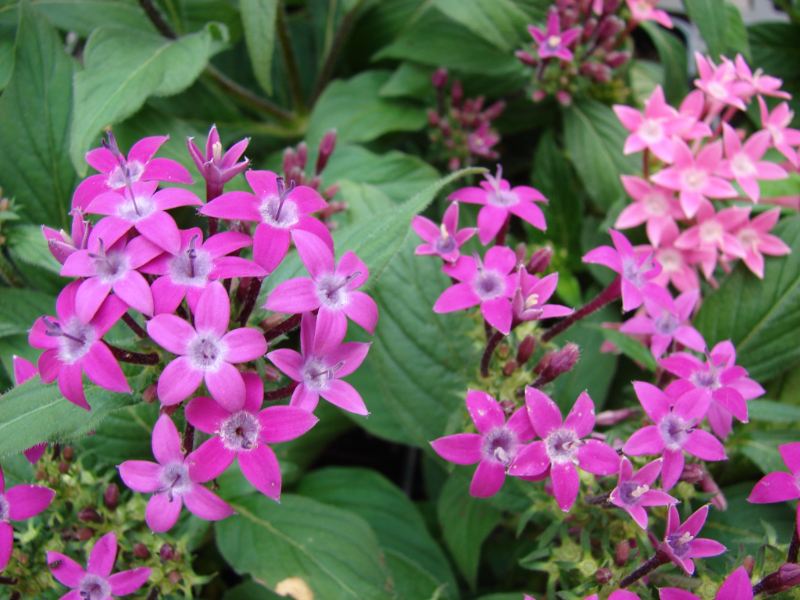
USDA Hardiness Zone: 10 to 11
Sun: Full sun to partial shade
Soil: Moist, well-drained soil
Duration: Can be grown as perennials in zones 10 and 11 and as annuals in colder zones
Bloom time: Summer to fall. In tropical regions, it can bloom all year.
Water needs: Moderate
Mature size: 1 to 3 feet tall and 1 to 3 feet wide
Maintenance: Low
The Egyptian starflower (Pentas lanceolata), gains its name due to its vibrant, star-shaped flowers that bloom in clusters. One of the summer flowers that bloom the longest, they can flower all year-round in tropical weather.
With a bushy growth habit, Egyptian starflowers are ideal to plant as borders or hedges. They are naturally appealing to pollinators, but the red variety is a favorite among butterflies.
Coleus
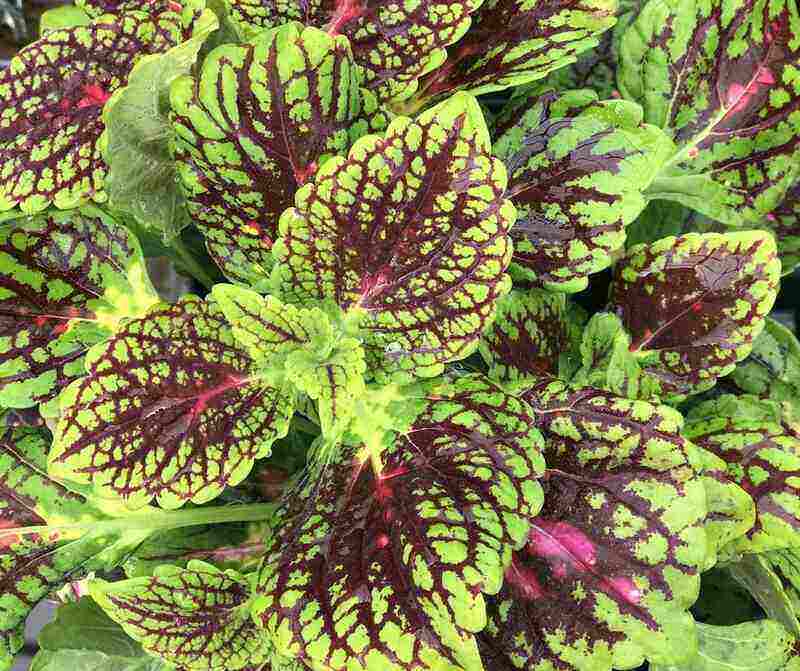
USDA Hardiness Zone: 10 to 11
Sun: Prefers partial shade, but tolerates full shade
Soil: Moist, well-drained soils
Duration: A tender perennial in hardiness zones 10 to 11, but needs to be brought inside during winter; can be grown as an annual in colder areas
Bloom time: Has colorful foliage from spring to fall
Water needs: Moderate
Mature size: 1 to 3 feet tall and 1 to 3 feet wide
Maintenance: Low
Flowers aren’t the only ones to steal the show with their extravagant colors. For Coleus scutellarioides, its foliage is the true showstopper. Also known as painted nettle, coleus has beautiful, exotic foliage that comes in different colors, from pink and purple to deep reds, yellow, and orange.
Perfect for shady spots, coleus can be planted in hanging baskets or as a companion for other shade plants.
When to Call a Pro
If you’re trying to grow a garden you’re proud to look at but don’t know where to start, we at LawnStarter are ready to help. Contact our landscaping pros to start a summer flower garden in your yard.
Sources:
- David Trinklein, adjunct associate professor and Extension specialist at the University of Missouri, Columbia, MO. Personal interview.
- Eddie Smith, Extension agent and county coordinator at Mississippi State University, Poplarville, MS. Personal interview.
- “Gardenia – Creating Gardens.” Gardening website.
- “Plant Toolbox.” North Carolina State University Cooperative Extension.
Main Image Credit: Dick Culbert / Flickr / CC BY 2.0